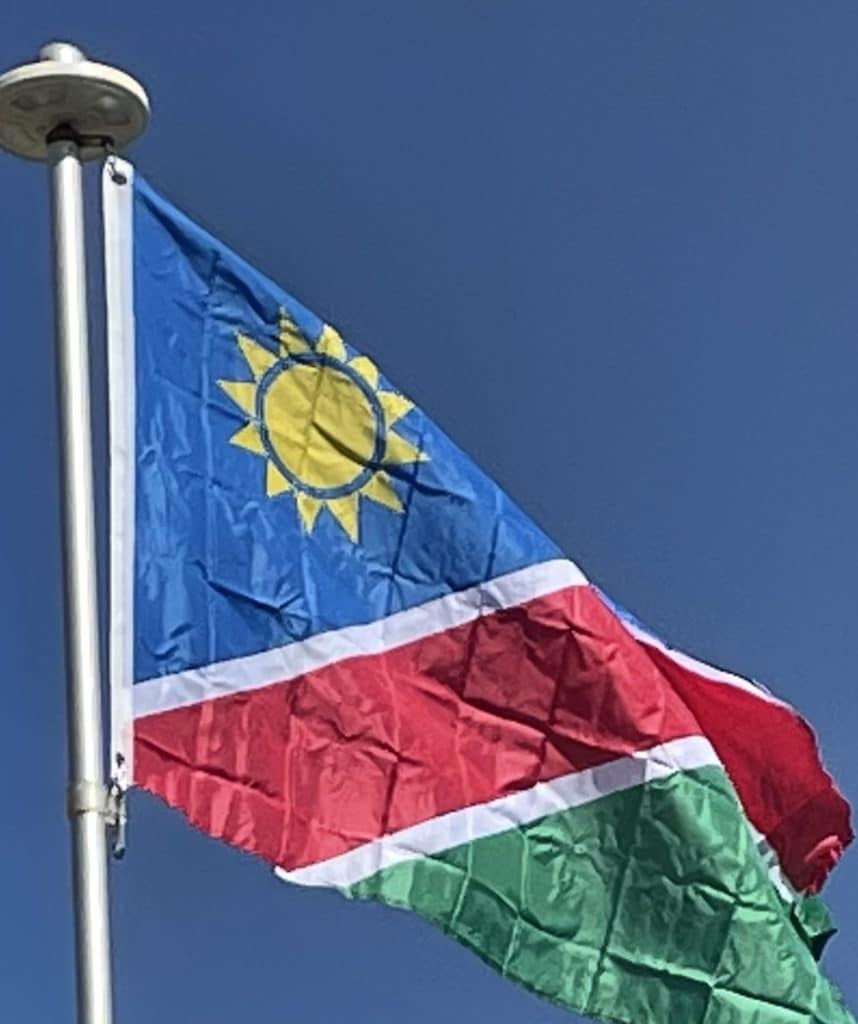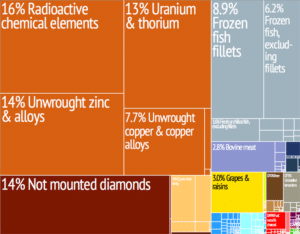
Namibia has a highly developed banking sector with modern infrastructure, such as online banking and cellphone banking. The Bank of Namibia (BoN) is the central bank of Namibia responsible for performing all other functions ordinarily performed by a central bank. There are 5 BoN authorised commercial banks in Namibia: Bank Windhoek, First National Bank, Nedbank, Standard Bank and Small and Medium Enterprises Bank.
The cost of living in Namibia is relatively high because most goods, including cereals, need to be imported.
Transportation:
Namibia’s road network is regarded as one of the best on the continent; road construction and maintenance adheres to international standards. The country’s 48,875.27 km roads (2017) are administered by the Roads Authority, a state-owned enterprise established by Act #17 of 1999. Due to low traffic volumes the majority of roads are not tarred.
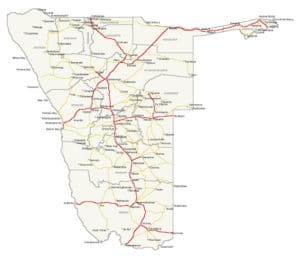
Rail transport in Namibia is operated on a 2,687-kilometre network by TransNamib.
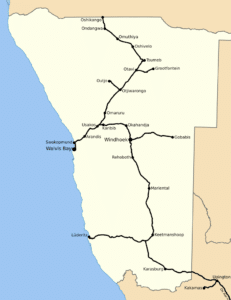
Windhoek Hosea Kutako International Airport is the main international airport in the country. Two others international airports are Walvis Bay Airport and Eros Airport in Windhoek.
Flag of Namibia:
The flag of Namibia was adopted on 21 March 1990 upon independence from South Africa.
The National Symbols Sub-Committee received 870 entries for the national flag. Six designs were short-listed; this was reduced to three, those of three Namibians – Theo Jankowski of Rehoboth, Don Stevenson of Windhoek and Ortrud Clay of Lüderitz. These three designs were combined to form the Namibia national flag, adopted unanimously on 2 February 1990 by the Constituent Assembly. The three designers were publicly acknowledged by judge Hans Berker, the chairman of the subcommittee, at the unveiling ceremony on 9 March 1990.
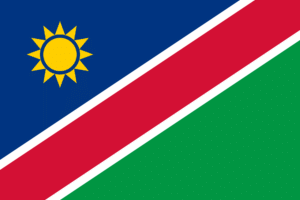
However, two other claims were made – South African Frederick Brownell claimed that he had designed the flag in his role as South African State Herald. The other claimant was Briton Roy Allen, who claimed that the flag design was the result of a competition run by Hannes Smith of the Windhoek Observer, and that he had won.
The chairman explained the symbolism of the flag’s colors as follows:
Red – represents Namibia’s most important resource, its people. It refers to their heroism and their determination to build a future of equal opportunity for all.
White – represents peace and unity.
Green – symbolizes vegetation and agricultural resources.
Blue – represents the clear Namibian sky and the Atlantic Ocean, the country’s precious water resources and rain.
Golden-yellow sun – life and energy
